What Happened When America And Russia Went To War That One Time?
If you remember your high school history lessons well, you’ll know that the US entered World War I in 1917, siding with the British, French, and other Allied Powers against the Germans, the Ottoman Empire, and the other Central Powers. You may also remember that the Russians sided with the Allied Forces. So, how did they end up clashing with the US?
The key factor we haven’t covered yet is the Russian Revolution of October 1917. This event saw Russia drop out of WWI. However, it also led to American troops being deployed to Siberia in 1918. Their mission? To fight the Russians. Let’s dig deeper into the reasons behind this move and the fallout for both countries.
A Quick History Lesson
World War I commenced on August 1, 1914, when Germany declared war on Russia. Germany brought France into the mix on August 3, prompting the British to declare war on Germany the next day.
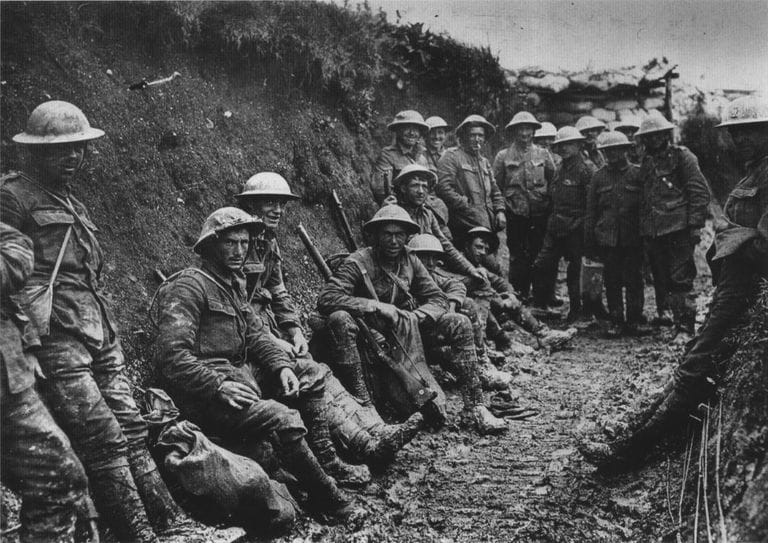
Source: Imgur
Those three fateful days set in motion a war that would rage for four years and claim the lives of around 20 million people. A further 21 million or so sustained injuries, making it one of the most brutal conflicts in human history. In Russia, however, domestic political events were also stirring, leading to a conflict the Allied Powers weren’t expecting to face.
Russian History
If you ever have decades of time on your hands, Russian history is a fascinating subject to explore. Since we sadly don’t have that long at the moment, we’ll keep this history lesson brief. While war with the Germans was clearly a national priority, 1917 was also a time during which discontent was peaking among the Russian people.
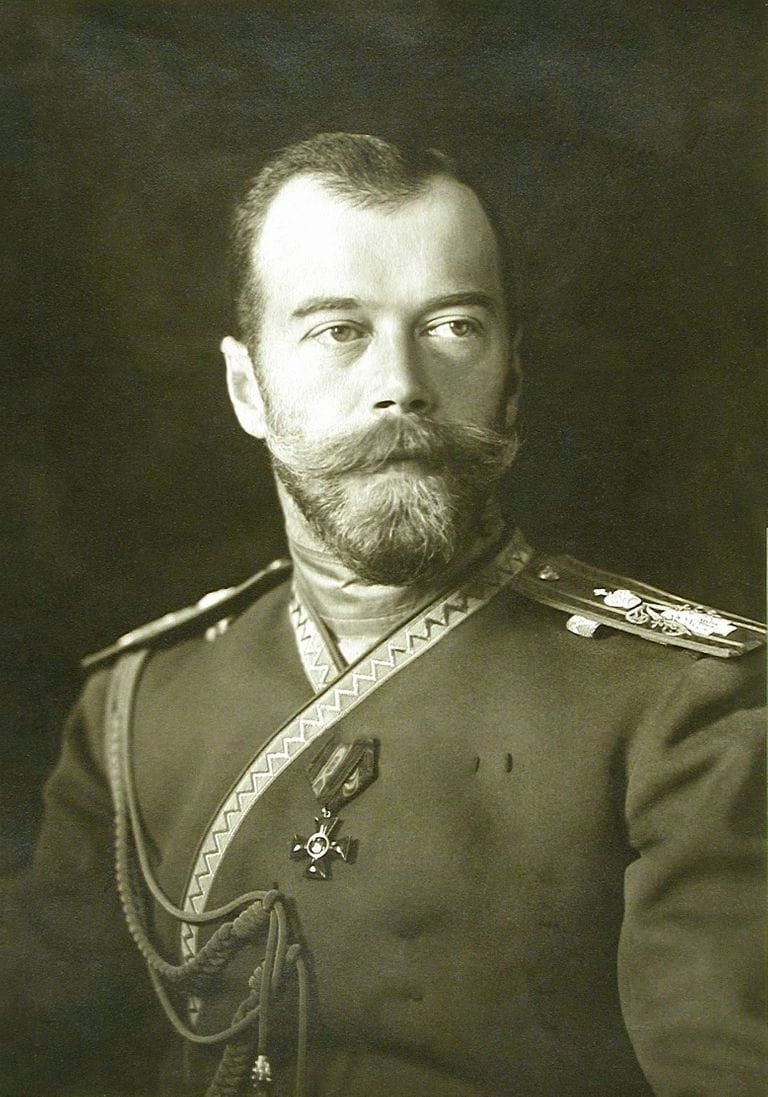
Source: @tigers/ Twitter
This civil unrest had little to do with the Germans and a lot to do with Tsar Nicholas II, who abdicated the throne in February 1917. This was the guy who befriended Rasputin and whose decisions led to inflation, starvation, and other horrors for the people of Russia.
The Bolshevik Revolution
The government that took over from Tsar Nicholas II was all for Russian involvement in WWI, and the people were not impressed. Such unrest is the perfect breeding ground for revolution, and Vladimir Lenin sniffed this out immediately. By October 17, he was spearheading the Bolshevik Revolution.

Source: aminoapps.com
With Lenin came communism and a deep desire to end Russia’s participation in the war. Lenin entered into negotiations with the Germans, who agreed to cease their efforts on the Eastern Front. Led by Leon Trotsky, the team responsible for handling the negotiations tried to get the Germans to agree to equitable terms for the truce.
The German Counter Offer
In response to the Russian request for a compromise, the Germans instructed their troops to pick up their weapons and go back to war. That’s one way to get your message across – and it worked.
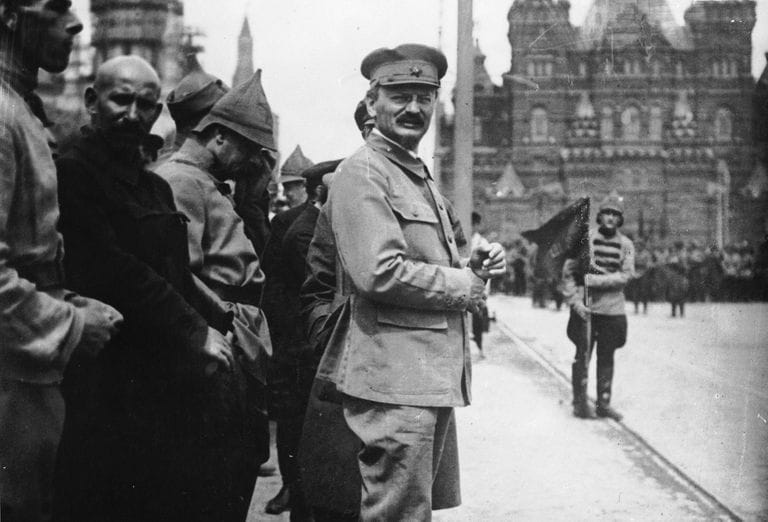
Source: day.kyiv.ua
The new communist leadership agreed to the peace treaty proposed by the Germans, despite the fact that it had hideous consequences for them. This agreement was laid down in the Treaty of Brest-Litovsk, which both parties signed in March 1918. Russia gave up large swathes of land to the Germans, including the regions we know now as Ukraine, Finland, and Poland.
No One Was Happy
Though the Russian people weren’t thrilled about being at war with the Germans, they were even less impressed by this treaty. Anti-communist sentiment flourished, and soon, Russia was in the grip of a civil war.
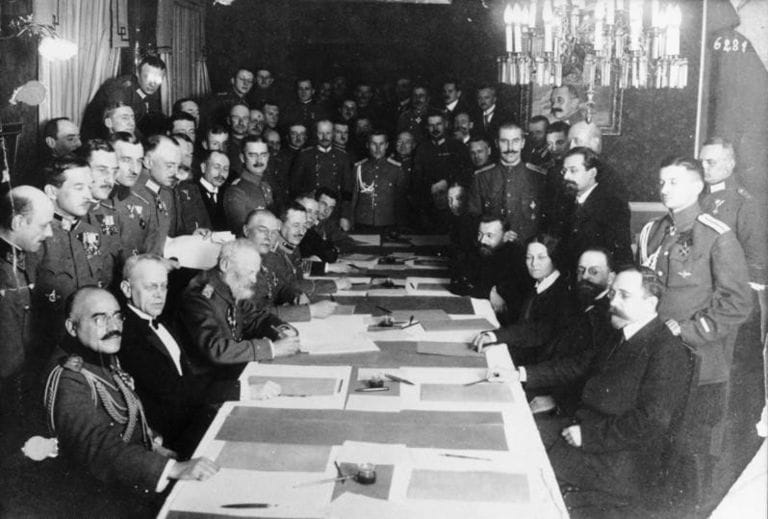
Source: deseret.com
This civil war in Russia divided the people into “Reds” (communists) and “Whites” (anti-communists). There was no middle ground. As you might expect, the Allied Powers took sides, and surprise-surprise, they favored the anti-communists who were in favor of continuing the war against the Central Powers.
Allied Support
Having chosen their team, Britain and France sent supplies and military support to the Whites. The US was a little more hesitant about getting involved in the Russian Civil War. However, as you can guess from the title of this article, they most certainly did get involved.
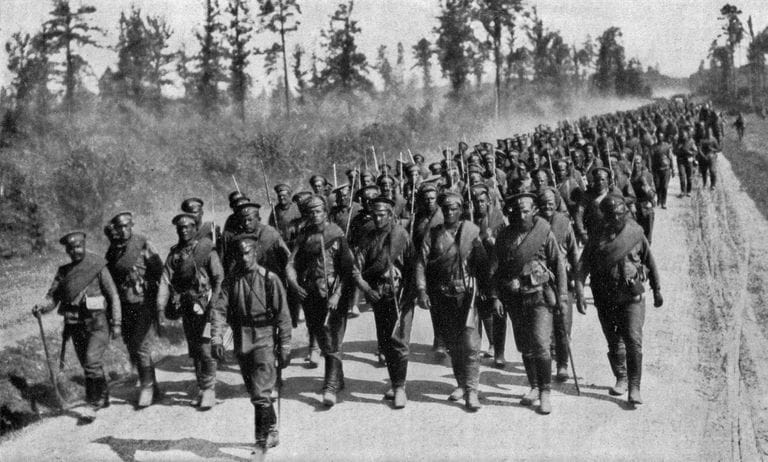
Source: warhistoryonline.com
At first, the US Department of War voted against the move, counseling President Woodrow Wilson to avoid getting involved at all costs. However, Wilson was having none of it. He rejected their advice in favor of deploying American troops to Russia to take part in the conflict.
America vs. Communism
The Americans reached Russian territory in July 1918. At this time, fighting communism wasn’t the only concern. Wilson was also determined to rescue Czechoslovakian troops who had sided with the Allies and become trapped in Russian territory.
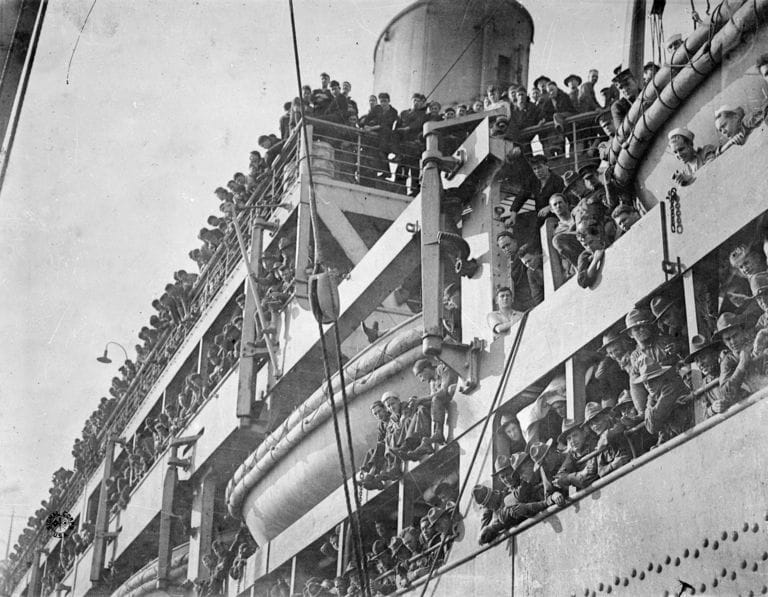
Source: Alamy
There were around 40,000 Czechoslovakian soldiers in total, and they were trying to make it to the port city of Vladivostok, where they hoped to be able to escape from Russia and return to help the Allies on the Western Front of the war.
Escape from Russia
The Czechoslovakians were trapped in the unforgiving terrain of Siberia. Their only hope appeared to be the Trans-Siberian railroad, which could get them to Vladivostok. However, they were deep in enemy territory.
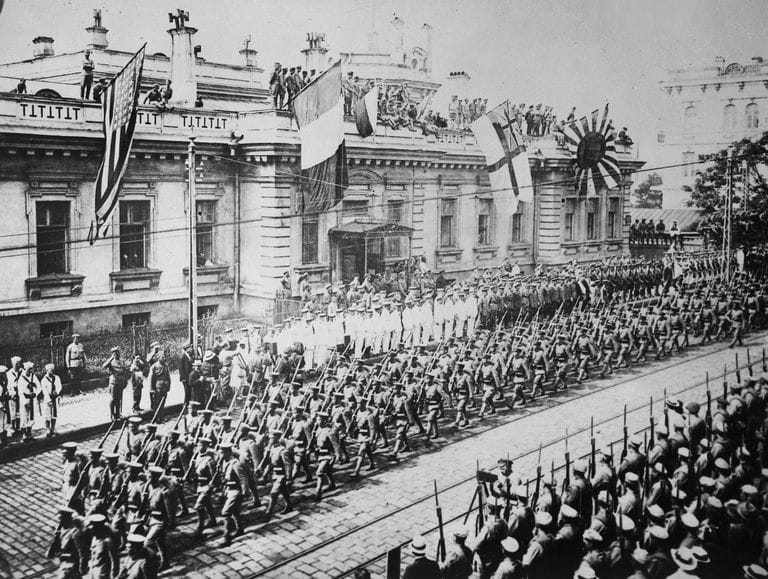
Source: theatlantic.com
Vladivostok is a port city that lies on the far eastern side of Russia, nestled on the western shores of the sea of Japan. The Allies were incentivized to help the Czechoslovakians because, if they escaped, they could sail back to the war and join the effort on the Western Front.
Other Motives
The eastern flank of Siberia was also poorly guarded, making it comparatively easier and safer territory for the Czechoslovakian legion. Though this was a good thing for the Allies, it also presented a concern. President Wilson worried that, since the Russians weren’t defending Vladivostok, the Japanese might swoop in to exploit the situation.
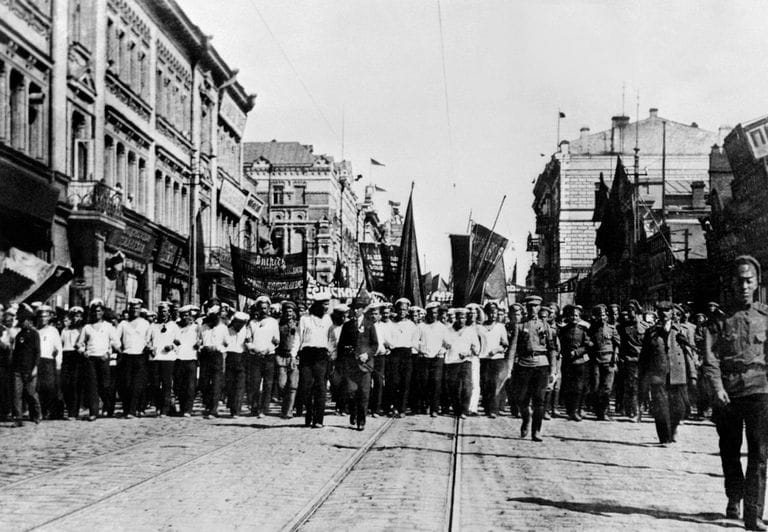
Source: foreignpolicy.com
As a port city, Vladivostok had plenty of valuable supplies, including rations and a huge store of rifles. These military supplies had been delivered to Russia when they were still participating in WWI on the Allied side, but they had never been distributed.
America Goes to Russia
So, Wilson sent troops to Russia, setting in motion the events that would lead to the one and only battle between the nations. Not one but two separate missions went to Russia from the US in 1918.
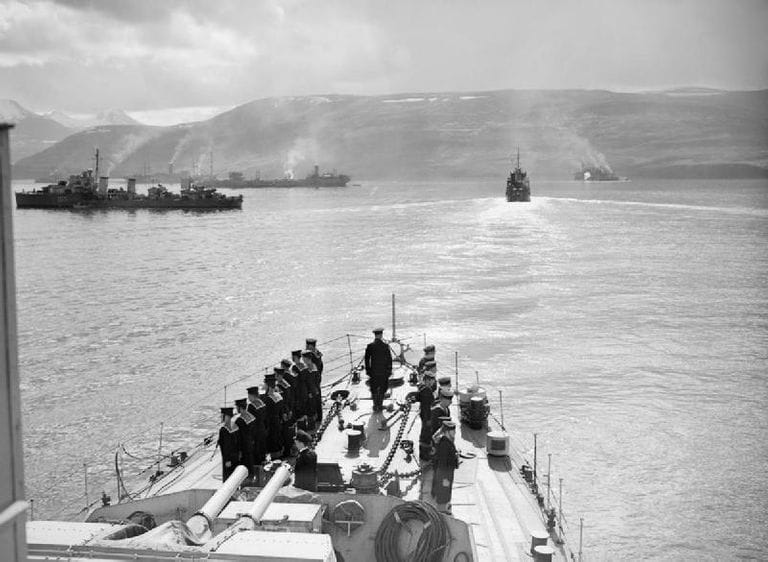
Source: rferl.org
Wilson sent the two American Expeditionary Forces over in August 1918. The soldiers that went to the North of Russia soon renamed their project “the Polar Bear Expedition.” However, before we join these men, let’s see what happened to those who entered Siberia.
The American Expeditionary Force, Siberia
The first wave of soldiers arrived in Siberia on August 15, 1918. Unlike many soldiers heading to foreign soil, they did not have to leap instantly into battle. Instead, they were able to settle in and, to some extent, acclimatize.
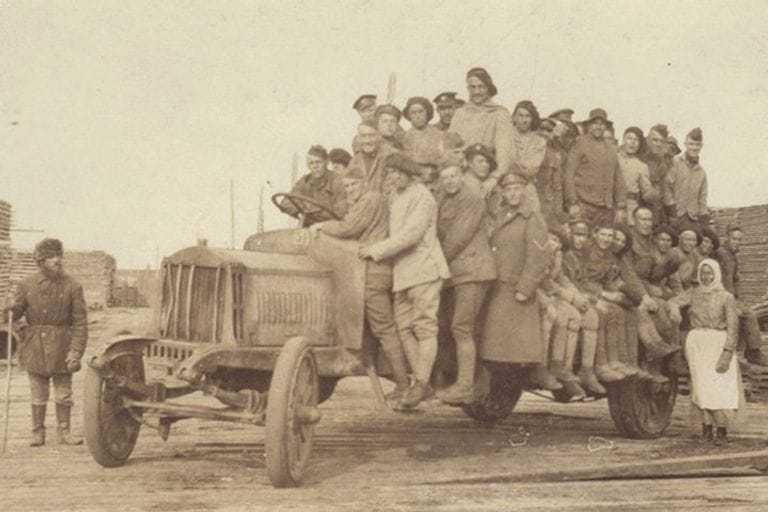
Source: Tumblr
This unit comprised around 8,000 soldiers, led by Major General William S. Graves. The Major General was operating under strict orders to avoid engaging in Russian politics. However, he quickly learned that if you side with no one, you’re an enemy to everyone.
Strangers in a Strange Land
It’s easy to tell someone to avoid taking sides when you’re sitting safely in a war room half a world away. On the ground, Graves faced intense pressure to join forces with the Whites.
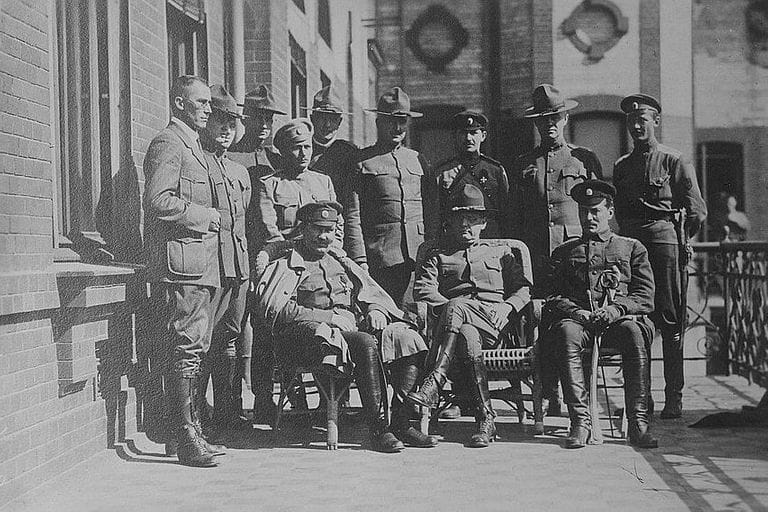
Source: wikimedia commons
In an effort to stick to his orders, Graves focused on defending the Trans-Siberian Railway. However, Russian Admiral Kolchak was relentless in pressuring Graves to help him fight the Reds. More than just a rule-follower, Graves was not impressed by Kolchak, so his refusal of support was also based on his own calculations. Eventually, the Reds captured and executed Kolchak.
Laying Low
Since Graves had no desire to get his men involved in someone else’s civil war, the troops saw no action in the early days. The conflict between the Whites and Reds raged on, but they remained safely out of harm’s way.
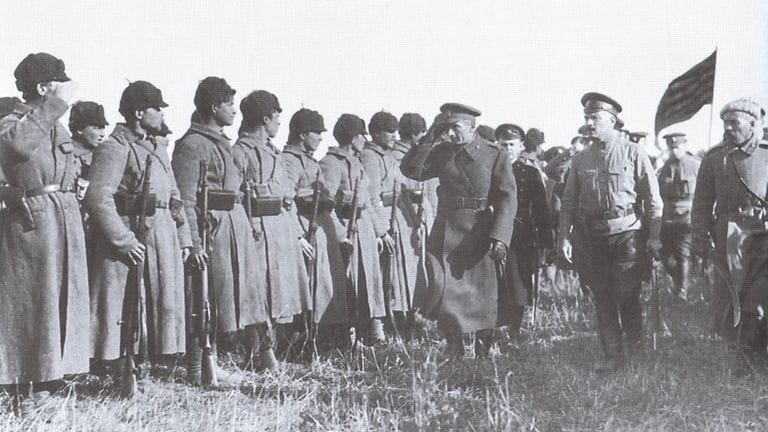
Source: Tumblr
However, they were in Siberia – a region famous for its unforgiving climatic conditions. So, they still endured plenty of hardship. Their horses suffered in the freezing Siberian temperatures, and securing a consistent supply of food and fuel was a logistical nightmare.
Tough Times for the American Expeditionary Force, Siberia
Life was not easy for the American soldiers. Though they didn’t have to go into battle, 189 men died due to the harsh conditions in Siberia. They were there for a grueling 19 months, and even those who came out alive were worn down and haggard.
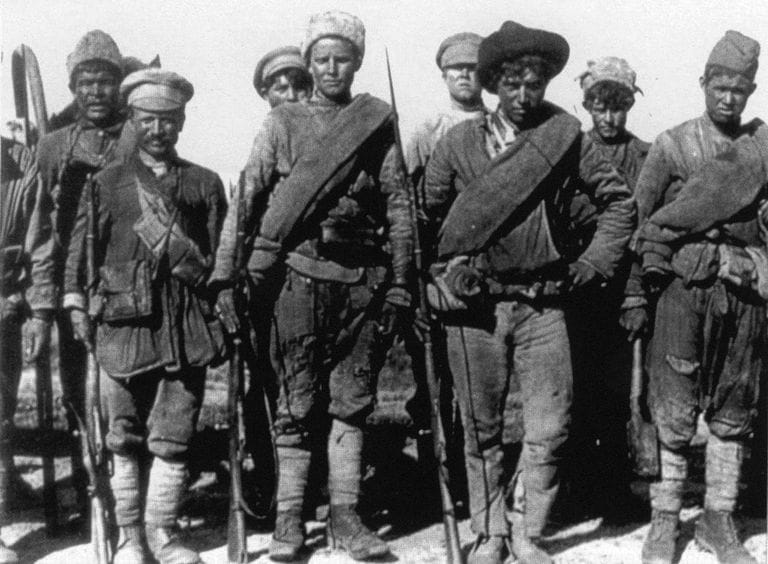
Source: listverse.com
Still, they did achieve the main goal of their mission. When the men finally left in 1920, the trapped Czechoslovakians had made it to Vladivostok and escaped. The American Expeditionary Force’s protection of the Trans-Siberian Railway was instrumental in their escape.
The Polar Bear Expedition
The Polar Bear Expedition was officially known as “The American Expeditionary Force, North Russia.” However, that name only stuck in the pages of history textbooks. The soldiers were quick to drop such formalities once they saw what they were facing.
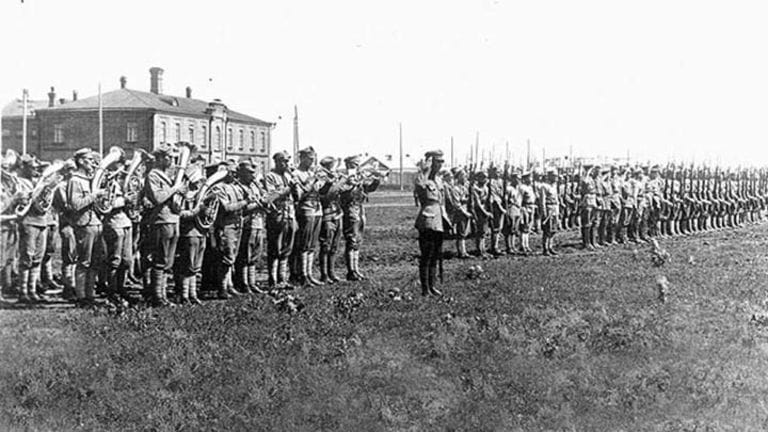
Source: radio.cz
As the name suggests, the Polar Bear Expedition had a vastly different experience in Russia compared to the Siberian Expedition. The first major difference was that they arrived on the opposite side of Russia, at the north-western port city of Archangel. By September 4, 1918, the force of around 5,000 was ready and waiting to follow orders.
Getting Involved in the Russian Civil War
Like the Siberian Mission, the soldiers deployed to the north of Russia weren’t intending to get involved in the Bolshevik Revolution. However, when they arrived in Archangel, they were informed by British troops that the supplies in the port city had been taken by the Bolsheviks.
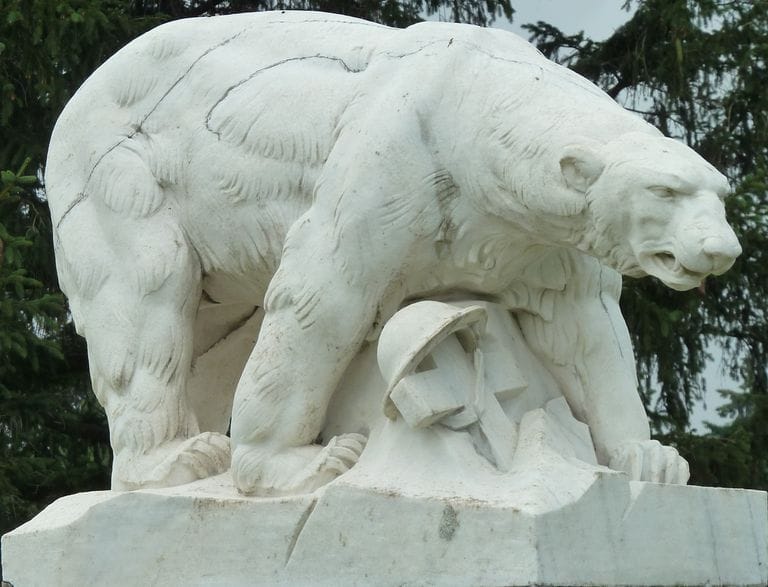
Source: frenchsculpture.org
While the Siberians never saw actions, the American troops in the north were ordered into battle soon after their arrival. They were told they had to fight the Reds (communists) to support the Czechoslovakian troops.
Fighting the Reds
Though they originally joined the military to fight the Central Powers, these men now found themselves fighting a country that had only recently been an ally. Not only that, but WWI was reaching its conclusion around this time.
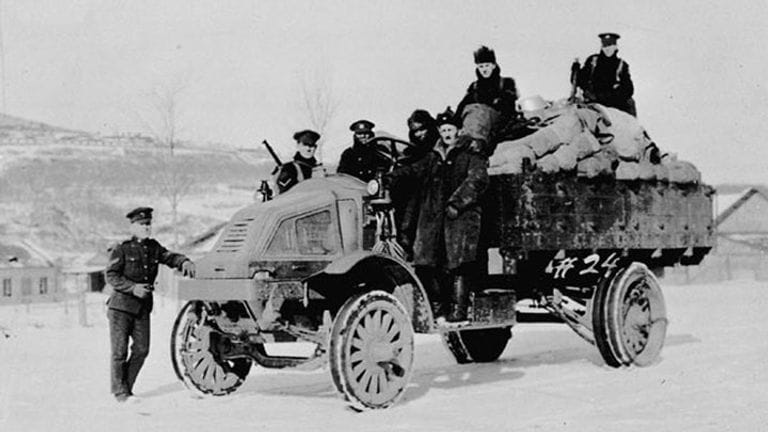
Source: pressbooks.pub
Understandably, many of the soldiers deployed to the north felt that they had no business being there. Morale quickly began to slip as they realized they were stuck far from home being asked to fight in a war that had no direct bearing on their families at home.
Fighting Someone Else’s War
The families of the soldiers back home in America were equally confused and perturbed. It’s one thing to go to war to protect the safety of your homeland, but getting involved in someone else’s business? Why should their sons and husbands risk their lives in the Russian Civil War?
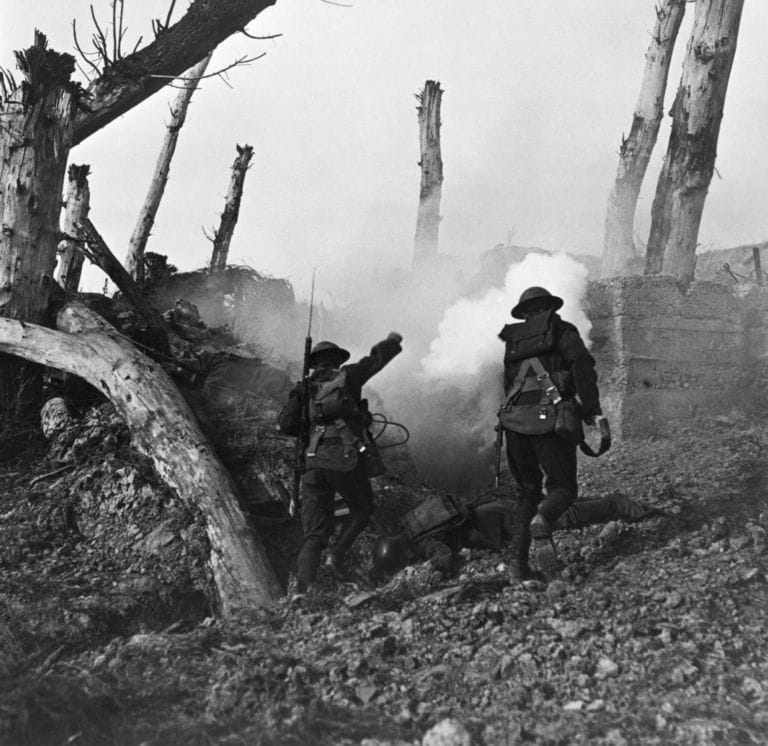
Source: historyhit.com
As the battle continued anger and resistance grew among the American people. With pressure mounting, President Wilson gave the order to withdraw the troops in March 1919 – they just had to wait for the frozen White Sea to thaw.
Quiet Hostility
According to official records, 110 American soldiers died in their battle against the Reds. Interestingly, though they were forced to fight, they lost fewer men than the Siberian Expedition did. The survivors also got home earlier, arriving back on American soil in the summer of 1919.
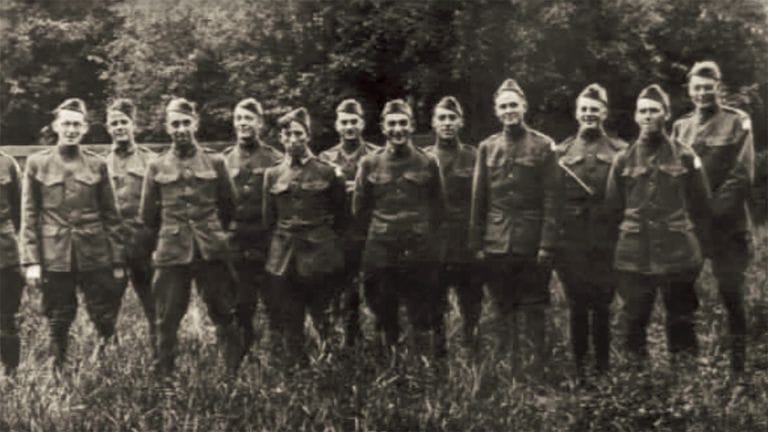
Source: Tumblr
By February 1920, the Bolsheviks had wrestled the valuable port city of Archangel from the Whites. Despite decades of quiet hostility during the Cold War era, the two American expeditions described above are the only ones ever to be sent to Russia.
